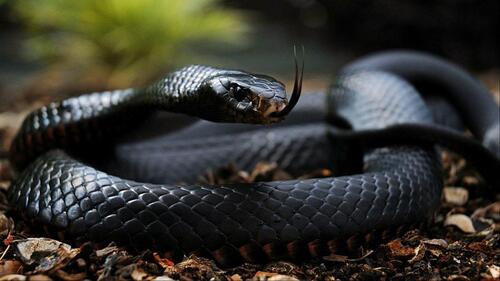
Snake's natural enemyThe natural enemies of snakes vary depending on their species, habitat, and ecological environment. The following are some common natural enemies of snakes:1. Large birdsBirds of prey: Birds of prey such as eagles, falcons, and vultures are one of the important natural enemi...

In nature, many animals seem harmless, but they may be "murderers" that threaten human life. When we mention "animals that kill the most people", we usually think of large beasts, such as lions, tigers or sharks. However, the fact is that many animals that do not look dangerous a...

The lifespan of a snake varies greatly depending on the species, environment and living conditions, and the lifespan of different species of snakes varies greatly. Generally speaking, the lifespan of a snake can range from a few years to decades. The following is a detailed introduction to the life...
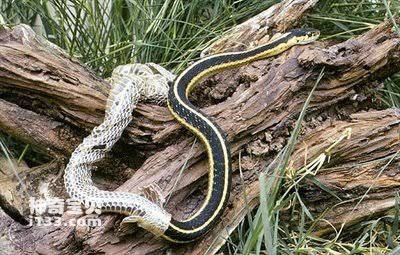
Snake shedding is a common physiological phenomenon that aids their growth and survival. The following is a detailed introduction to snake shedding:1. Growth and increase in size:One of the main reasons snakes shed their skin is to support their growth and increase in size. Snakes do not grow gradua...

Most snakes are oviparous, meaning they reproduce by laying eggs. Oviparous snakes usually lay their eggs on the ground or other suitable places. These places can be rotten wood, under leaves, holes in the ground, or other protected places. Before laying eggs, female snakes will cho...

Snake eyes differ from those of mammals in that they are usually located on the sides of the head rather than facing directly in front. Snake eyes' visual system mainly relies on detecting changes in light and images, and they usually have very keen visual perception capabilities. S...

Pythons and snakes are both reptiles, but there are some significant differences between them. Here are their detailed differences: 1. Types and classifications: Python: Pythons are large snakes that belong to the family Pythonidae. Including several genera of the Python f...

Pythons are reptiles that live primarily in Central and South America. Their scientific name "Boa constrictor" is derived from the Greek words meaning "snake" (boa) and "grasp" (constrictor). They are known for their huge size and using their muscular bodies to crush their prey to death....
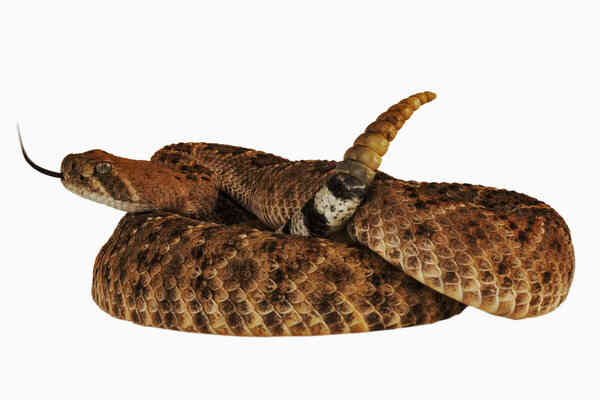
Rattlesnakes (Crotalus or Sistrurus) are named for the snap at the end of their tail that makes a rattling sound to warn other animals. There are more than thirty species of rattlesnakes native to America. While most rattlesnakes have healthy populations, some are considered threatened or end...
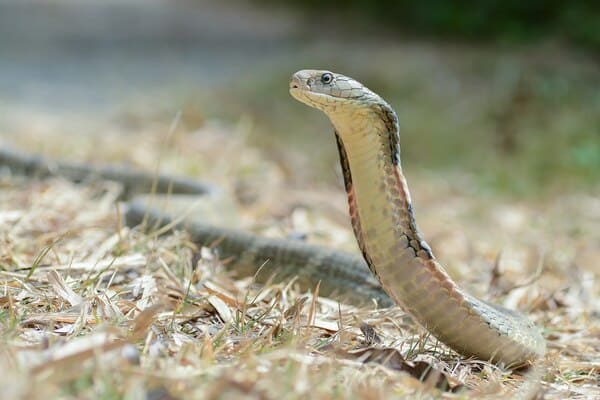
There are more than 40 species of venomous snakes in China, which are widely distributed, mostly in the provinces south of the Yangtze River. Snake venom can be divided into three categories according to its properties: nerve poison, blood circulation poison, and mixed poison. The most venomo...

Snakes can grow to enormous sizes, although some reports have long been exaggerated. The largest snakes in the world belong to the python and python family. Which family contains the largest depends on whether you measure these reptiles by weight or length. While man-eating snakes are extreme...
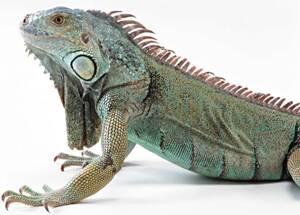
If a person drinks seawater, he will become thirstier and thirstier, and eventually he will even die of thirst. However, fish, birds, reptiles, etc. that live in the ocean throughout their lives are not in this danger. Why is this? It turns out that they all have their own unique desalination...